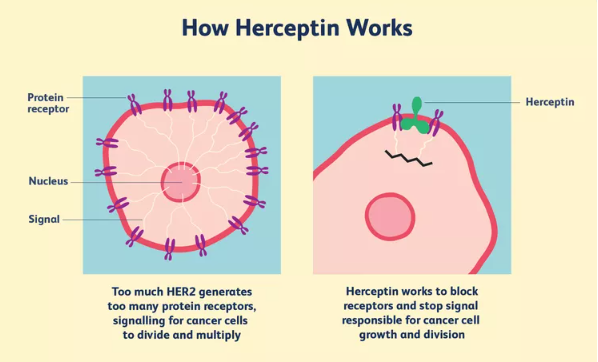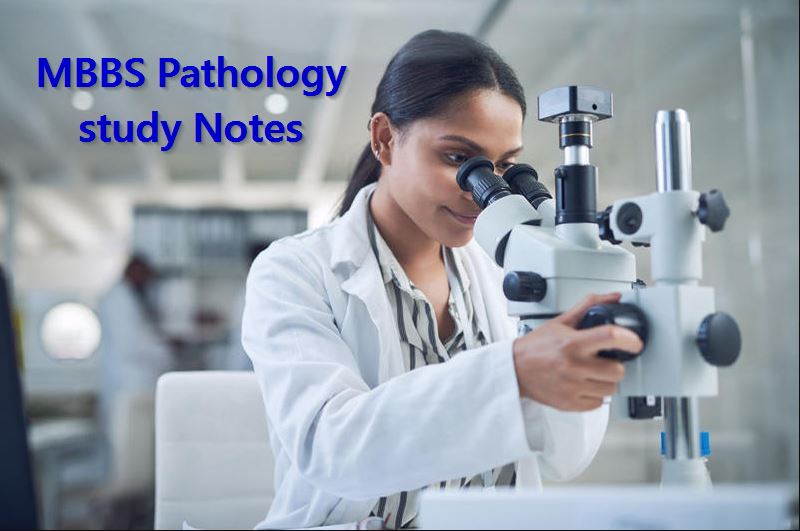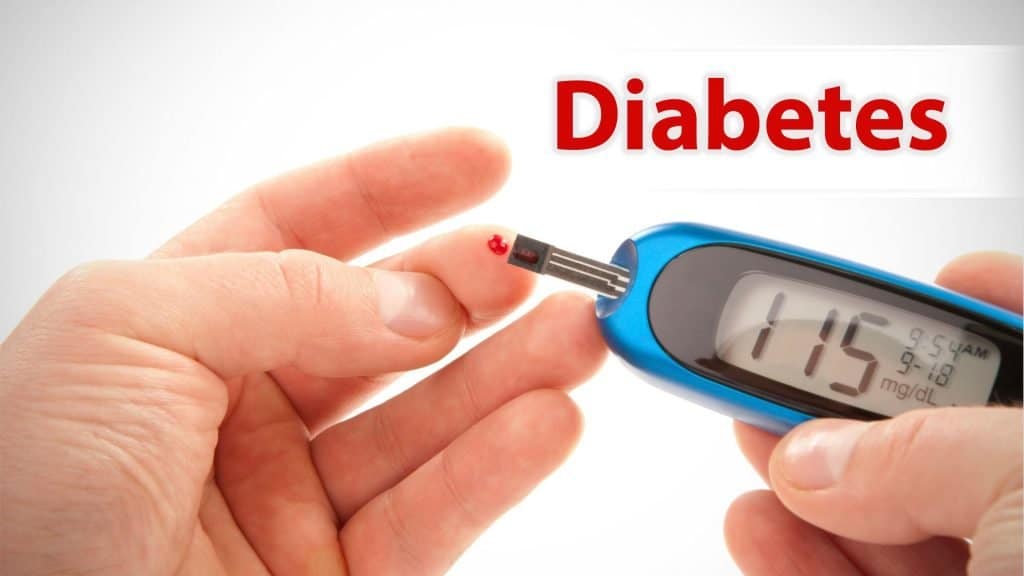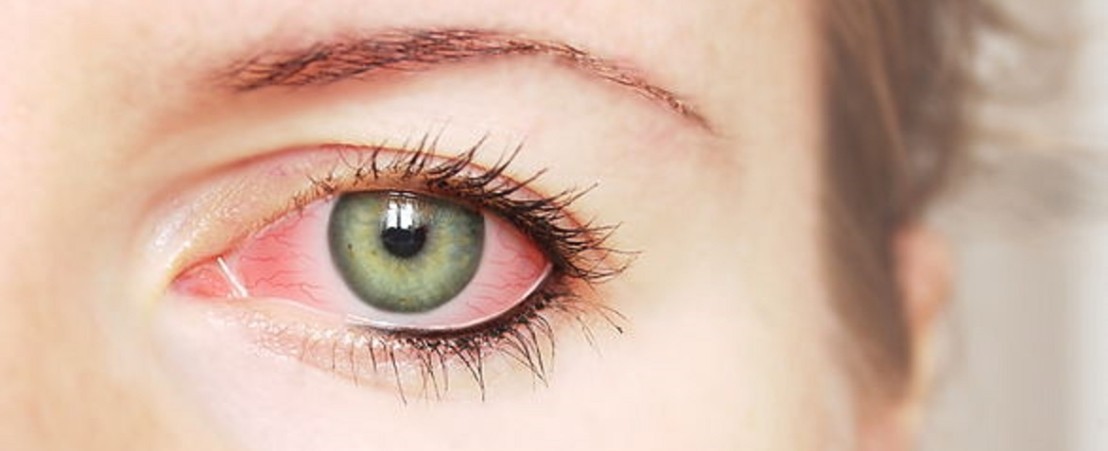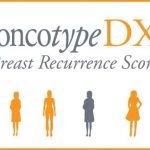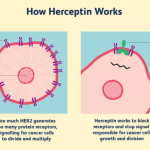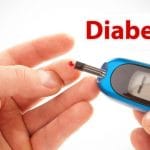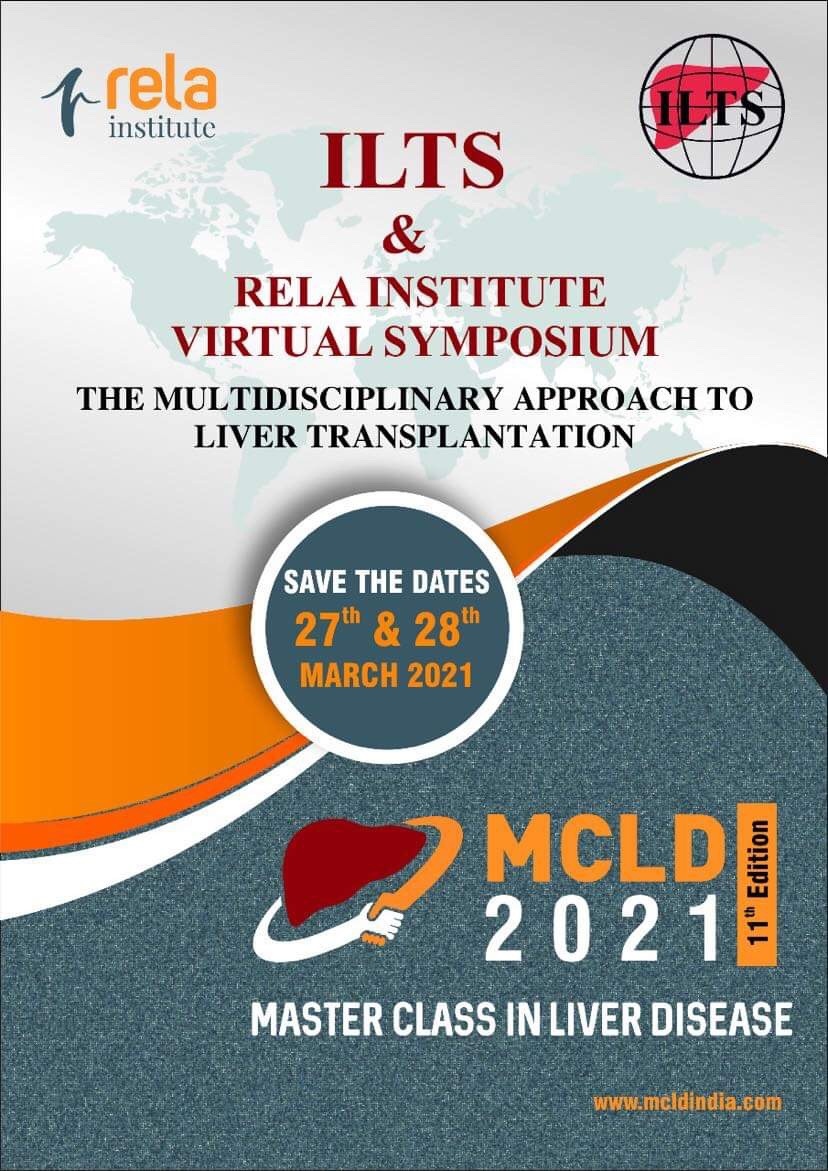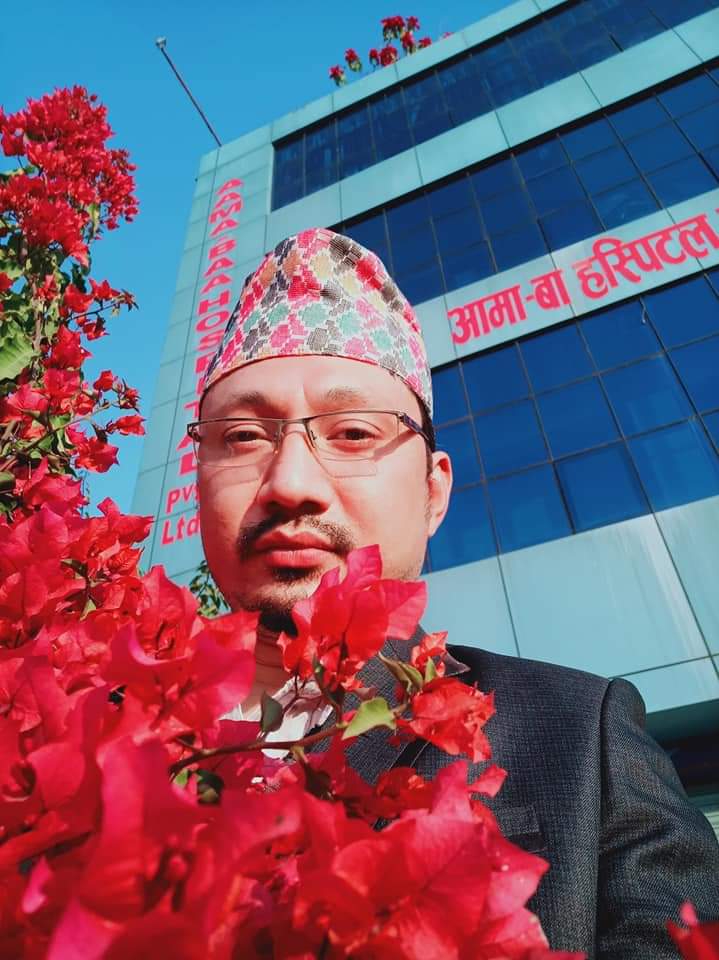Nepal Nursing License Exam Syllabus is for the nursing exam questions to become a Registered Nurse in Nepal.

The Test Guidelines for the National Licensure Examination for Nurses (NLEN) 2012 has been published as Nepal Nursing License Exam Syllabus for Registered Nurse in Nepal by Board of Nepal Nursing Council (NNC) on February 27, 2012 . this was Revised on August, 2012 and then Second revised September 2014
Nepal Nursing License Exam Syllabus
Integrated Science
Integrated Science includes subjects like Anatomy/ Physiology, Microbiology, and Pharmacology related content but is not limited to:
I. Anatomy/ Physiology
- Cardiovascular/ Lymphatic System: Body fluid/Electrolytes and Acid-Base Balance Blood Composition, Plasma and Plasma Proteins Physiology of Red Blood Cells, White Blood Cells, Platelets Blood Groups, and blood transfusion
- Anatomy of Cardiovascular System: The Heart and Blood Vessels Physiological Activities of the Heart Physiology of Circulation Cardiovascular Regulation and Adjustments Lymphatic/ Immune system Human cell and its structure
- Musculoskeletal System: The Human Skeleton, its structure, and physiology The Joints The Skeletal Muscles of Human Body Neuromuscular Junction and Muscle Physiology
- Nervous System: Functional unit of nervous system Central Nervous System Peripheral Nervous System Autonomic Nervous System Somatosensory, Somatomotor System and Reflexes Meninges, Cerebrospinal Fluid, Blood-Brain Barrier and Central Blood Flow
- Respiratory System: Structure and Functions of Respiratory System Physiology/Mechanism/ Control of Respiration
- Gastro-Intestinal System: Structure and Functions of Digestive System Digestion and Absorption of nutrients Accessory organs of Gastro-Intestinal system
- Endocrine System: Structure and functions of endocrine glands and hormones.
- Urinary System: Functional unit of urinary system Physiology of urine formation
- Reproductive System: Male Reproductive System Female Reproductive System Physiology of Contraception
- Special Sensory System: Eye, Ear, Nose, Throat The Skin and Fascia
Microbiology/ Parasitology
- Factors affecting the growth and survival of microorganisms
- Types of parasites affecting to the human body and its mechanism to develop diseases
Pharmacology:
- Types and Function of Drugs
- Pharmacokinetics: absorption, distribution, metabolism, excretion of the drug, and factors influencing the pharmacokinetics
- Pharmacodynamics: drug action, adverse reaction to drugs
- Essential, emergency and Life-Saving Drugs used in Nepal
- Drugs acting on different body systems
ii Fundamentals of Nursing
Related content includes but is not limited to:
- Ethics in Nursing: International Councils of Nurses (ICN) Code, Nepal Nursing Council Act and Regulation.
- Patient’s Rights
- Informed Consent
- Assessment (history taking vital signs and physical
Nursing diagnosis
- Evaluation of nursing care: objective data
- Nursing Process
- Caring
- Admission and discharge procedure
- Role and responsibility of nurse in laboratory test/examination: invasive and non- invasive procedures: e.g. blood test, lumbar puncture, thoracentesis,
- ultrasonography
- Personal hygiene
- Safety and Infection Control: Safety Devices, Accident/ Injury Prevention, Infectious Materials, Universal Precaution
- Rest and Sleep pressure relief measure
- Comfort/ pain relief measure
- Meeting nutritional needs Meeting elimination needs: catheterization, intake
- Rehabilitative care
- Care for dead body
Nursing responsibility for drug administration
- Routes of administration of the drug
- Dosage Calculation and Administration of drugs
- Indications, contraindications and interactions, adverse effect, side-effect
- Responsibility of nurses in the administration of medicine: e.g. Six rules in the administration of the drug
- Administration and management of IV fluids, Blood and Blood products
First Aid
- Basic Cardiopulmonary Resuscitation (CPR)
- Bites: insects, snake, animals, and their first aid management
- Burn: Degrees/types of management Wounds: Dressing and Bandage Hemorrhage
- Choking Fracture Drowning Frostbite Poisoning
Community Health Nursing
Related content includes but is not limited to:
- Community Health and Community Health Nursing
- Communication skills
- Community resources
- Health Education
- Home visiting
Primary Health Care (PHC): Elements and role of nurses in PHC
Epidemiology
- Role of epidemiology
- Community Diagnosis
- Role and responsibilities of Nurses in epidemiological approach
Environmental Health: Sanitation, Water, Housing, Pollution
- Nutritients and their functions
- Nutritional Deficiency disorders: Types and characteristics
- Management of the clients with nutritional deficiency
Immunization
- Types, Purposes and Functions of immunization
- Administration of immunization Routs
- National Immunization Program in Nepal
Maternal and Child Health
- MCH clinics: Antenatal Care (ANC), Postnatal Care (PNC)
- Growth Monitoring of Under Five Children
- Under Five’s Clinic
Gender Issues
- Sex and gender
- Gender issues: e.g. gender equity, gender equality, gender discrimination, Domestic Violence
Family Planning
- Population problems in Nepal
- Types, methods, advantages and disadvantages of different family planning methods
- Emergency Contraception and methods
- FP Counseling
HIV/AIDs, STI
- Prevention of HIV/AIDS, STI
- Treatment and management for the clients with HIV/AIDS, STI
Family Health Nursing
III. Adult Nursing
Related content includes but is not limited to:
- Characteristics of adulthood, developmental tasks of young adult, middle-aged adults, elderly adult
- Aging process
- Disorders of each body system: Blood, Body Fluids/Electrolytes, Nervous System, Circulatory
- System, Respiratory System, Musculoskeletal System, Gastro-Intestinal and Nutritional System, Urinary System, Endocrine System, Sensory System (Common disorders, investigations and medical/surgical treatment of different body system disorders, Medical/Surgical nursing management for the client with disorders in each system)
- Mental Health Problems (Assessment of mentally ill clients, characteristic of mental health, Major and minor disorders, treatment and nursing management)
- Operation Theatre Nursing (Operation Theatre (OT) Nursing, Characteristics of OT nurse, OT technique (e.g. aseptic technique, sterilization, scrubbing, gowning, gloving) Role and Responsibilities of scrub nurse, circulatory nurse, and recovery nurse Common surgical materials, equipments, and supplies in OT and their preparation Sterilization and)
- Pre and Post-operative Nursing care
- Rehabilitation (Disability: Types and characteristics, Role and responsibility of nurses in rehabilitation, Nursing management of disable client)
- Nursing care of the client in the terminal stage (Stages of dying Grief and Loss, Holistic Care)
- Stress and Crisis Management (Body’s response to stress, Role of nurses in stress and crisis management)
Child Health Nursing
- Terminology of Child Health Nursing
- Growth and development of child in each stage: infancy,
- school-age and adolescence
- Nursing role on promotion of growth and development of childran
- Nursing care to child and family ( Influences brought by diseases and hospitalization, Nursing care for children with accident/ injury, Nursing care for children with common communicable diseases, Nepal Nursing care for children with congenital/ chromosomal disorders, Nursing care for children with ……….of different body systems: nervous system, musculoskeletal system, respiratory system, circulatory system, blood, gastrointestinal, urinary system, endocrine system, sensory)
Health Promotion for system children: Nutrition, exercise, play, anticipatory guidance (Mortality and Morbidity in Under Five Children and their prevention, Nursing role on prevention and management of children with HIV/AIDs)
Integrated Management of Childhood Illness (IMCI) program
Pediatric Procedure
- Oxygen administration (e.g. head box, oxygen tent) Nebulization
- Positioning/ Restraining
- Calculation of drugs and its administration
- Different types feeding
- IV fluid administration and management
- Phototherapy
- Care for incubator
- Colostomy and tracheostomy care Cardio Pulmonary Resuscitation (CPR) Specimen collection
- Assisting in common invasive procedures (e.g. lumbar puncture)
Midwifery and Gynecology
Related contents include the following but not limited to:
- Components of reproductive health
- Reproductive rights
Maternal and Newborn Health in Nepal (Strategies and policies of reproductive health in Nepal, Skill Birth Attendant (SBA) policy Safe Motherhood Program)
Nursing care in every stage of female life cycle (Puberty/ Adolescent Health: physical and psychological changes, nursing care for during puberty /adolescent, Reproductive age/years: nursing care for the client of reproductive ages/years, Climacteric care: physical and psychological changes during the peri-menopause, counseling, medical management(e.g. Hormone Replacement Therapy; HRT)
Fetal growth and development: normality and abnormalities on fetal, placenta, membrane and cord
Care during Pregnancy
- Health promotion of pregnant women,
- Components of antenatal care
- Birth Preparedness and Complication readiness,
- Care of pregnant women with minor/major disorders of pregnancy (e.g. constipation, varicose veins, back pain, edema, threatened abortion , placenta preavia)
Care during labor and birth
- Physiology and mechanism of labor
- Management of mother in labor : normal delivery, induction and augmentation of labor, Monitoring fetal condition: prevention and manager ……………..)
Postnatal Care
- Physical and psychological changes during puerperial period
- Nursing care for women with minor/major problems of puerperium (e.g. hemorrhage, infection,
- Breast Feeding: Importance, mechanism of secretion of breast milk, nursing care for mother with problems on breast feeding (e.g. mastitis),
- Breast feeding in HIV / Hepatitis B positive mothers (e.g. PMTCT)
Newborn Baby Care
- Neonatal assessment, Immediate care of newborn
- Nursing care for newborn baby with dysfunction and problems (e.g. Respiratory distress syndrome, meconium aspiration syndrome
Obstetric Emergencies
- Nursing management for the clients with high risk/ critical condition in antenatal period (e.g. PIH)
- Nursing management for the clients with high risk/ critical condition in perinatal period (e.g mal presentation and prolapse of the cord.)
- Nursing management for the clients with high risk/ critical condition in postnatal period (e.g. PPH, ruptured uterus )
Nursing Care for Gynecological problems
- Sub fertility/ Infertility: Types, cause and treatment and nursing management of infertility in both male and female,
- Sexually Transmitted Infection (STI): National Protocol to manage STIs, Cervical Cancer, Breast Cancer
- Genital prolapsed …………….fistula)
- Nursing management obstetric fistula: Recto-vaginal fistula and vesico-vaginal
Leadership and Management
Related content includes but is not limited to:
Concept of Leadership and Management
- Role, Styles, Characteristics and Functions of Leadership Role and Responsibilities of Health Care Team Members Principles, Types and Functions of Management
- Conflict Management
- Purpose, principles, categories of Supervision
- Qualities of Supervisor
Health Service Delivery System:
- Hospital and Community Methods of Organizational management
- Organogram Management of Resources
- Patient assignment methods: Rotation Plan, assignment
- Job Description of different categories of health personnel
- Job Description of different level of nursing personnel
Professional Development
Definition and Criteria of Profession
- Professional Organizations: Nursing Association of Nepal (NAN), Nepal Nursing Council (NNC), International Council of Nurses (ICN), International Confederation of Midwives (ICM)
For further information please visit Nepal Nursing Council website:
